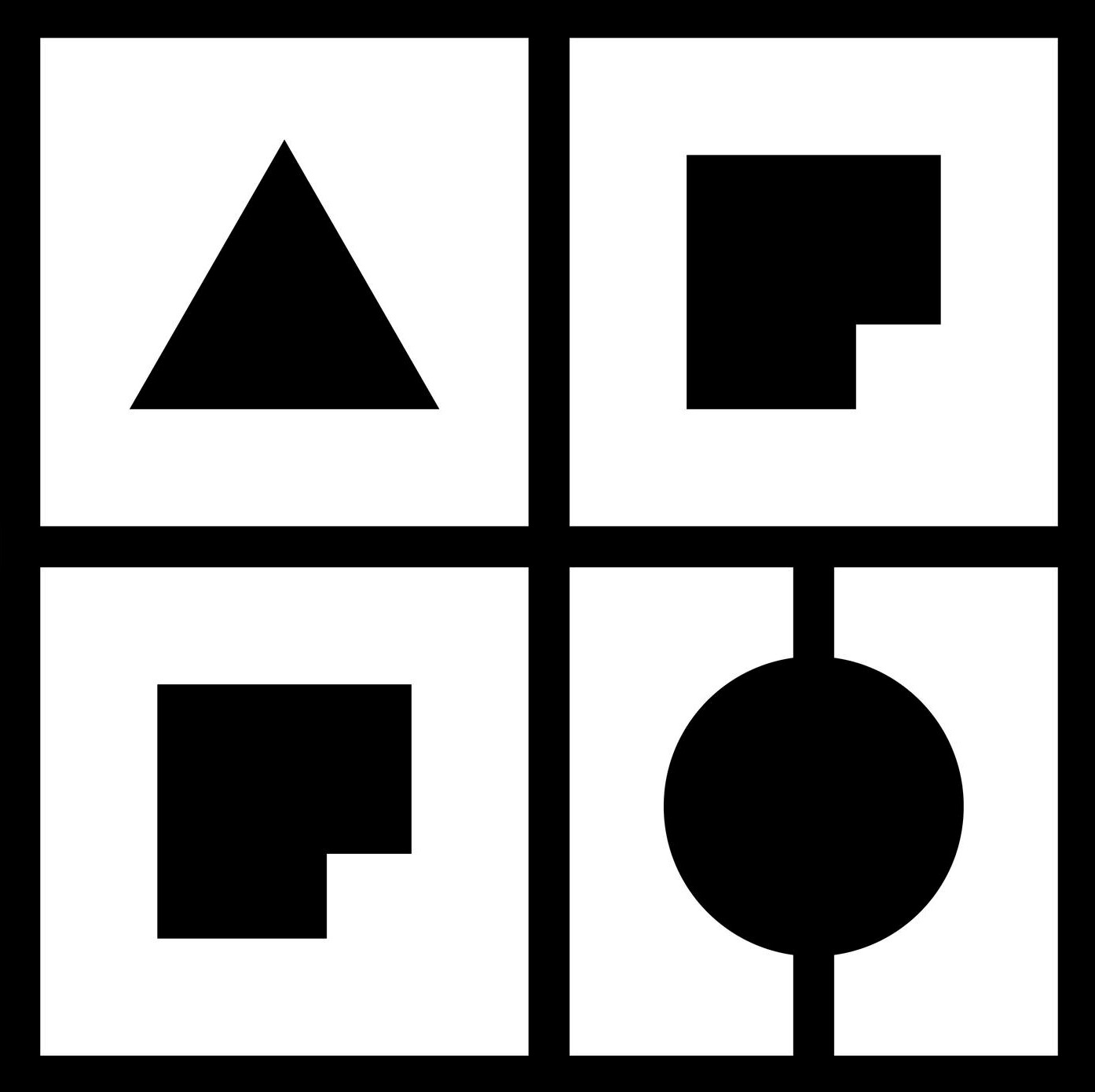AUD - Analytical urban design
| Course specification | ||||
|---|---|---|---|---|
| Type of study | Master academic studies | |||
| Study programme | ||||
| Course title | Analytical urban design | |||
| Acronym | Status | Semester | Number of classes | ESPB |
| AUD | elective | 1 | 2П + 4В | 9.0 |
| Lecturers | ||||
| Lecturer (for classes) | ||||
| Lecturer/Associate (for practice) | ||||
| Condition | Облик условљености | |||
| - | - | |||
| The goal | ||||
| The course aims to acquire knowledge about the relationship between urban design, urban form and social processes. The course introduces students to theories and methods of analysis of urban form and patterns of use of space to collect relevant information for (socially) sustainable design. The course develops students' awareness of the importance of an analytical approach to design, as a complement to an intuitive approach, in order to reduce the risk of spatial solution failure. | ||||
| The outcome | ||||
| - Developing a systematic understanding of the relationship between urban design, spatial form and social processes in different spatial scales; - Acquiring knowledge about the development of socially and user-oriented approaches to urban and architectural designing during the 20th century; - Developing abilities and skills in research and analysis of the built environment in different spatial scales with a focus on its role in space use patterns; - Developing abilities and skills for design by research and analytical and critical thinking about space. | ||||
| Contents | ||||
| - Introduction to the theory and principles of analytical and research design as a supplement to the intuitive design approach; - The problem of urbanity and re-examination of the spatial and social component of urban spaces; - Introduction to Space Syntax theory and research methods to examine the spatial configuration and its social implications; - Theories of territoriality and its research methods; - Methods and techniques for describing and analyzing the relationship between form and function in different spatial scales; - Methods and techniques of direct and indirect analysis of activities in space and its perception. | ||||
| Methods of teaching | ||||
| Teaching: Multimedia lectures, interactive work with students; Learning: Critical presentations and case study analysis, design through research, presentation of the research and project. | ||||
| Literature | ||||
| ||||
| Облици провјере знања и оцјењивање | ||||
| Colloquium; Exam: presentation and defence of the semestral project | ||||
| Посебна назнака | ||||
| - | ||||
